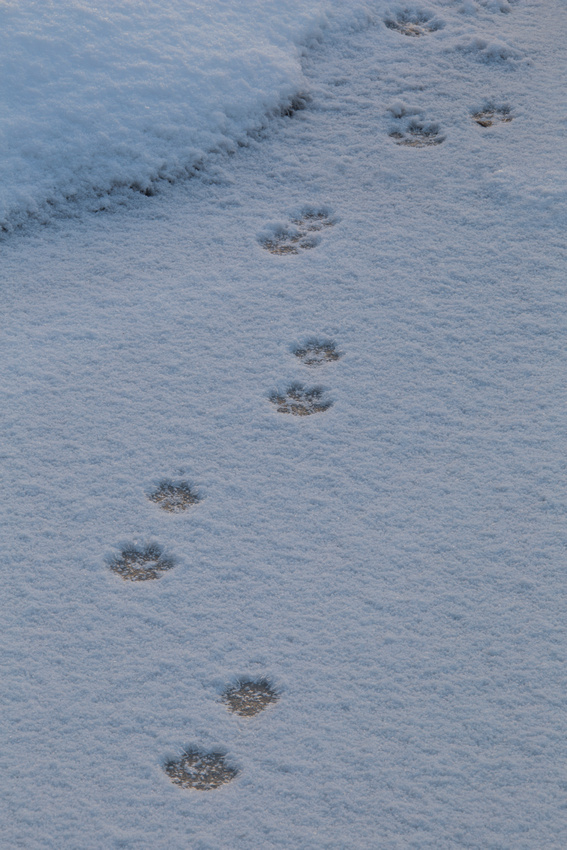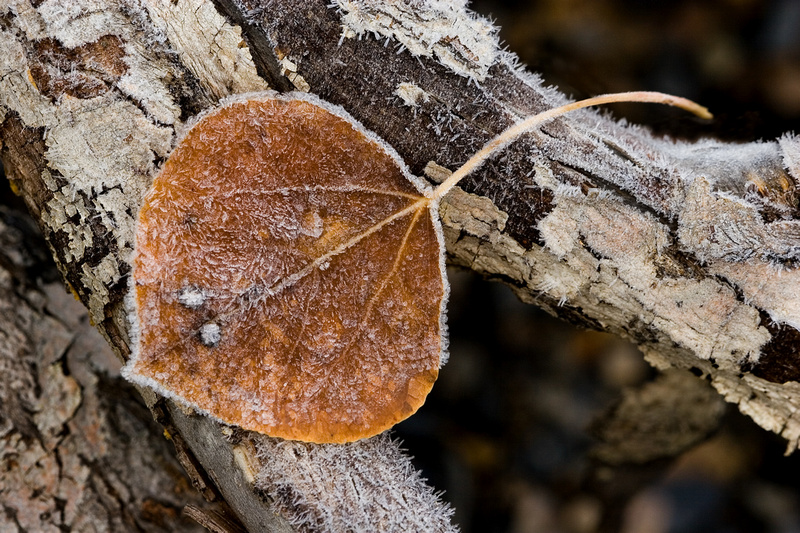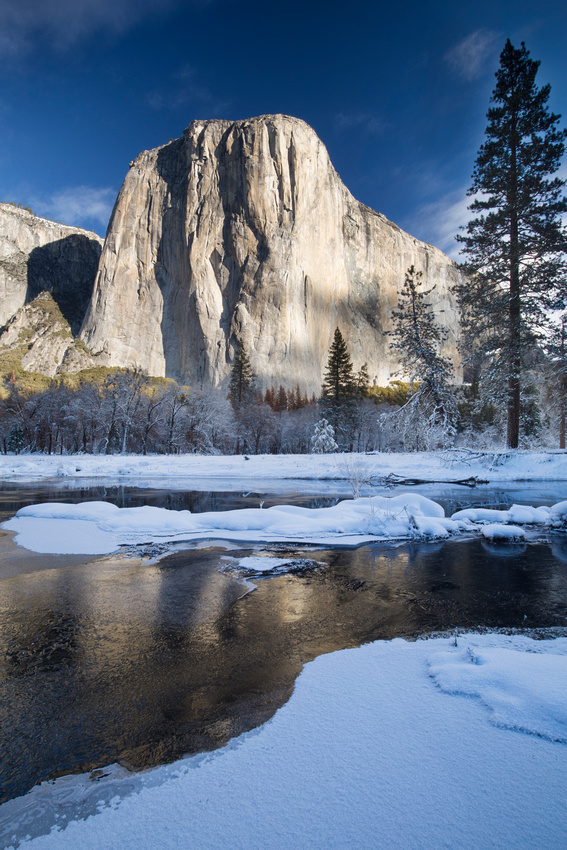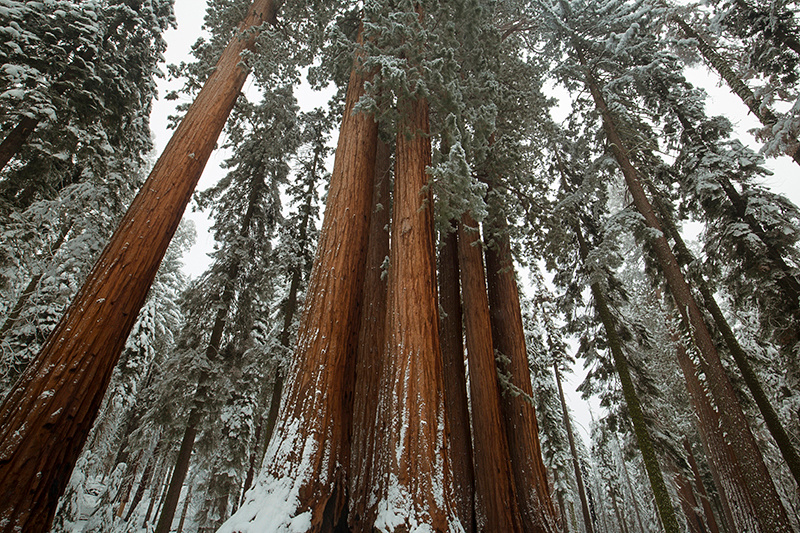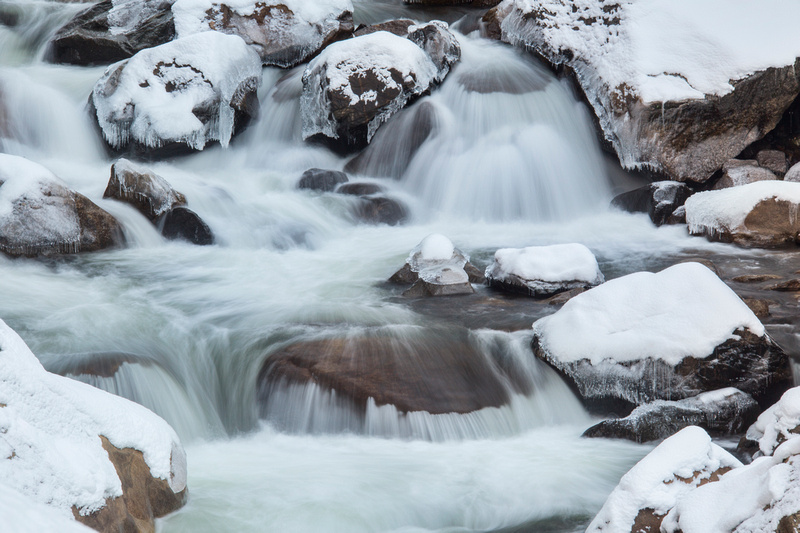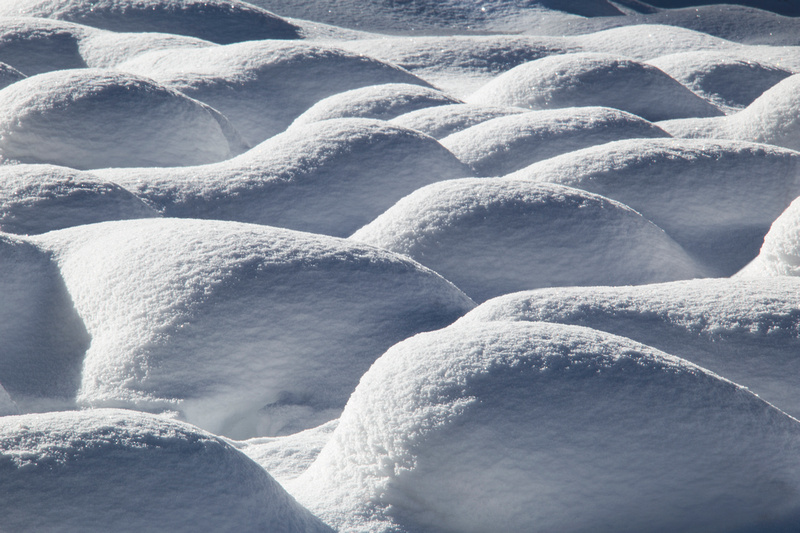8 tips for winter photography
Winter is officially here. This is a great time to capture those unique images that you can only get when it's cold outside, but there are several things to keep in mind before venturing out.
Here are 8 tips for successful and enjoyable winter photography:
Warm clothes for comfort
Several light layers as opposed to one heavy layer will allow you to remove or add layers as temperature change. Clothing should be able to wick away moisture from your body, such as wool or synthetic fabrics. Wearing a lightweight pair of gloves for operating camera controls with a second heavier pair to keep your hands warm while moving is ideal. Foot protection is imperative, especially in snowy or wet conditions. Socks should also be wool or synthetic to keep your feet dry and warm. Waterproof and/or insulted boots will help as well. If you have snowshoes, they can make walking through the snow easier and keep your feet dry. |
Hand and feet warmers to keep you functioning
Hand and feet warmers are delightful when you are out for an extended period of time. They are inexpensive, light weight, small, and most last for hours. I typically keep a back stock of these in my vehicle to make cold weather shooting more comfortable. |
Spare batteries to recharge
Batteries drain more quickly as the temperature drops. Carry at least one extra battery in a warm pocket that you can change out when needed. As batteries warm back up, they will typically regain power. |
Correct exposure for the scene
Using a flash can help brighten subjects if you are shooting in shaded areas as well. |
The best filters for winter conditions
|
Obtaining focus for each situation
|
Using shutter speed to create optimal results
|
Avoiding moisture accumulation in your gear
When a cold camera enters a warm environment, condensation can occur on the interior components of the camera, causing damage. You can place your camera in sealed freezer bag or inside your camera bag until it reaches room temperature. Don't be tempted to force quick drying with a hair dryer or other device as that can promote damage. |
The best thing you can do is to get out and shoot. I hope this post helps contribute to your success!



